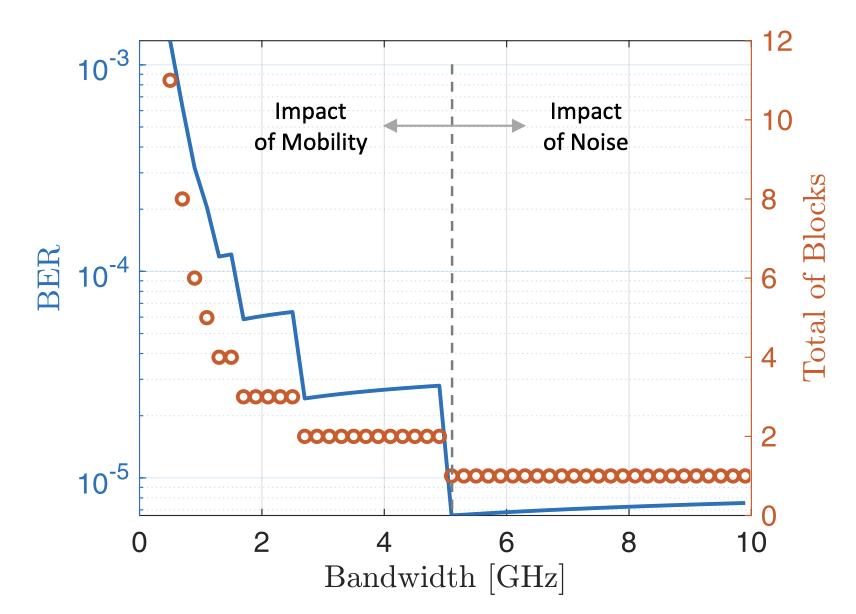Literature Database Entry
merkl2010analyse
Adrian J. Merkl, "Analyse der Lebenszeit in drahtlosen Sensornetzen mit OMNeT++," Bachelor Thesis, Department of Computer Science, Friedrich–Alexander University of Erlangen–Nuremberg (FAU), December 2010. (Advisors: Isabel Dietrich and Falko Dressler)
Abstract
Further developments of wireless sensor networks (WSN) lead to a variety of possible application areas. But regardless of which purpose a WSN should fulfill, energy efficiency is one of the main goals. One solution to estimate energy efficiency is calculating the network lifetime. In their paper 'On the Lifetime of Wireless Sensor Networks' [1] Isabel Dietrich and calculations, Falko Dressler presented a theoretical approach to a generic lifetime definition for wireless sensor networks. It is the motivation of this paper to implement parts of this definition to be used with the INET Framework of the network simulation framework OMNeT++. Therefore two new modules were developed. One to actually perform the lifetime and purposes, the other to provide data needed for the calculations. For validation and better comparability the same experiments are used, which were set by Wei Zhang for her Master's Thesis 'Untersuchung der Lebenszeit von Sensornetzen mit J-Sim' [2].
Quick access
Contact
Adrian J. Merkl
BibTeX reference
@phdthesis{merkl2010analyse,
author = {Merkl, Adrian J.},
title = {{Analyse der Lebenszeit in drahtlosen Sensornetzen mit OMNeT++}},
advisor = {Dietrich, Isabel and Dressler, Falko},
institution = {Department of Computer Science},
location = {Erlangen, Germany},
month = {12},
school = {Friedrich--Alexander University of Erlangen--Nuremberg (FAU)},
type = {Bachelor Thesis},
year = {2010},
}
Copyright notice
Links to final or draft versions of papers are presented here to ensure timely dissemination of scholarly and technical work. Copyright and all rights therein are retained by authors or by other copyright holders. All persons copying this information are expected to adhere to the terms and constraints invoked by each author's copyright. In most cases, these works may not be reposted or distributed for commercial purposes without the explicit permission of the copyright holder.
The following applies to all papers listed above that have IEEE copyrights: Personal use of this material is permitted. However, permission to reprint/republish this material for advertising or promotional purposes or for creating new collective works for resale or redistribution to servers or lists, or to reuse any copyrighted component of this work in other works must be obtained from the IEEE.
The following applies to all papers listed above that are in submission to IEEE conference/workshop proceedings or journals: This work has been submitted to the IEEE for possible publication. Copyright may be transferred without notice, after which this version may no longer be accessible.
The following applies to all papers listed above that have ACM copyrights: ACM COPYRIGHT NOTICE. Permission to make digital or hard copies of part or all of this work for personal or classroom use is granted without fee provided that copies are not made or distributed for profit or commercial advantage and that copies bear this notice and the full citation on the first page. Copyrights for components of this work owned by others than ACM must be honored. Abstracting with credit is permitted. To copy otherwise, to republish, to post on servers, or to redistribute to lists, requires prior specific permission and/or a fee. Request permissions from Publications Dept., ACM, Inc., fax +1 (212) 869-0481, or permissions@acm.org.
The following applies to all SpringerLink papers listed above that have Springer Science+Business Media copyrights: The original publication is available at www.springerlink.com.
This page was automatically generated using BibDB and bib2web.

